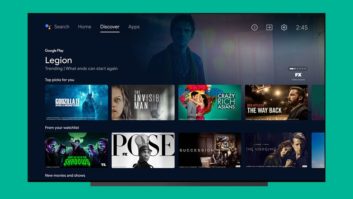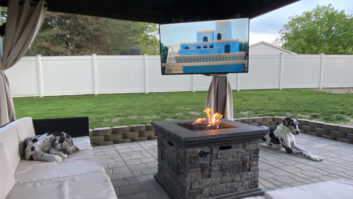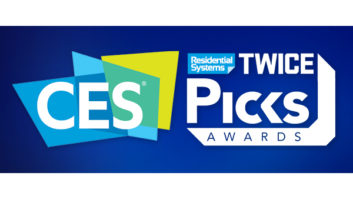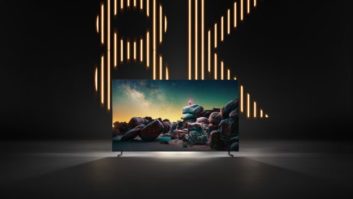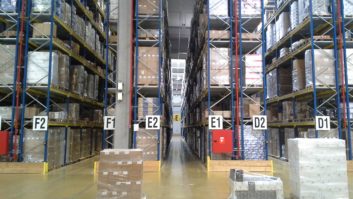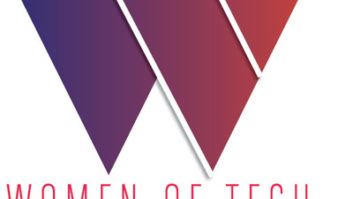Too many people talk about Digital TV as if were some futuristic technology our grandchildren might enjoy. They’re wrong by a factor of two generations because DTV is already here and increasingly “looking good” to our industries and the viewing public.
For more than 60 years, broadcasters, manufacturers and retailers have opened the door to the wonders of free, over-the-air programming. Signals and sets, from radio to television, and from black-and-white to color, have brought it all home. Now we are ready to take the next big step — the transition from analog to digital television.
In September, a StrategyOne national survey found 43 percent of all respondents were looking to buy a Digital TV set in the next few years. A strong 55 percent of respondents said they were already familiar with Digital TV sets and fully half are familiar with High Definition TV. We should not be surprised.
Digital TV is a logical choice for today’s consumer. Viewers everywhere are learning that Digital TV in all its flavors offers benefits unimagined a few years ago, among them unparalleled photo-quality resolution that is five times sharper than today’s analog image. Additionally, consumers are discovering the remarkable audio quality that is inherent in digital broadcasting. With 5.1 channels of Dolby Digital, CD-quality Surround Sound, high-definition broadcasts give new meaning to the phrase “home entertainment center.”
Local broadcasters are investing billions of dollars in new equipment and transmission facilities to make free, over-the-air digital television available to all Americans. Already, more than 219 stations are capable of digital broadcasting, covering 76 markets and reaching more than 72 percent of all viewers. By May 2002, 95 percent of all households will have access to digital programming.
Of equal importance, in 2001, the number of digital programs roughly doubled from 2000 to more than 1,000 hours for the current TV season, and the numbers will grow in 2002.
Not surprisingly, the prices of DTV systems are falling in response to increased demand and increased production.
As positive as these trends are, making sure all consumers have access to Digital TV in the next few years is not a done deal. Three large issues must be resolved before we become a fully DTV nation.
First, during, and after the transition to digital, consumers must be able to enjoy analog programs as well as the benefits of free local digital broadcasts. Sets with dual tuners make that possible.
Second, there must be complete interoperability between TVs, DVD systems, VCRs and future technology.
This means broadcasters, manufacturers, and cable and satellite systems must all work to develop compatible technology that allows consumers to switch from one program source to another.
Finally, and of particular importance, cable TV operators, who now provide TV to 70 percent of all U.S. homes, must agree to carry all free, over-the-air DTV programming, in DTV formats, so that viewers can truly benefit from the DTV experience. Without a strong must-carry rule, consumers will miss the Digital TV train when it pulls out of their local TV station.
The foundation for a new era in television is already in place, and broadcasters are proud to have played our part. Now, to continue moving forward, our industries must all work together to create an ultimate win-win situation for consumers and ourselves.




